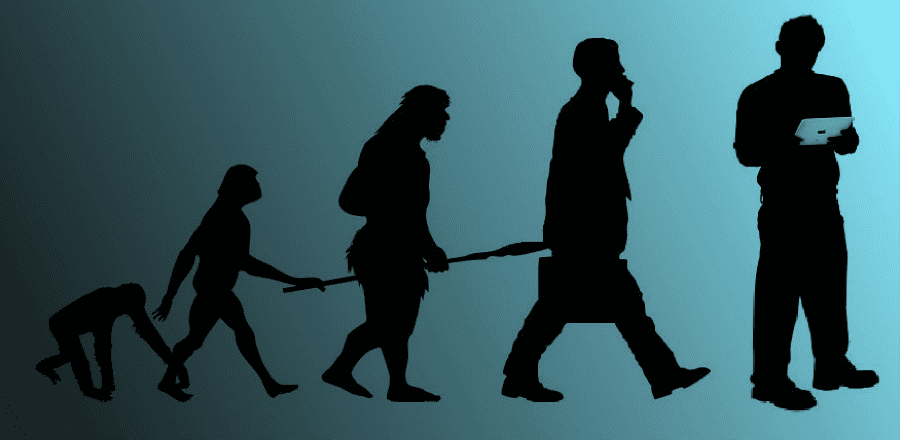Wearables are only one branch of the evolution of mobile computing. In a recent survey by Business Insider, executives cite Wearables as the number one ranked “next big thing in Mobile”—but are they really? The answer to this requires us to re-consider the notion of mobile altogether. In the a connected life, the entire offline world becomes ‘mobile.’
In an Internet of Things Framework, Mobile Transcends the Consumer—and People Altogether
Mobile in IoT is much more than consumers; effectively the entire offline world could be mobile in that any object can be connected to the internet, creating context and a data stream from any given location. Mobile are the turbines spinning on a windy hilltop, tracking, reporting on, and even recycling wind energy across the grid. Mobile is the cow, for whom sensors send notifications to her farmer when she’s ready to mate. Mobile are the beacons placed throughout grocery aisles, warehouses, store shelves, etc.
Those industries that are leading adoption of IoT are those connecting the most objects. Emerging industries are connecting more people through consumer-facing (or wearing) interfaces and platforms.
Object vs. People/Platform-Based Mobile Across Industry Adoption
The following map shows the primary industries impacted by IoT, placed along a continuum in which on the one end, the mobile interface for the technology is object-based (e.g. through smart parking meters) and on the other end, requires people (e.g. through wearables or smart clothing) or platforms (e.g. a common layer on which applications sit, but people must manage). Interestingly, despite a well developed consumer mobile market, those industries leveraging object-based mobile are among those more mature in their IoT adoption and implementation.
But this is not a linear evolution either. Think of each industry as its own branch, with each use case/example as their own branches, splintering outwards. Within this framework, one quickly sees ‘Wearables’ exist in but one, or a few small branches (e.g. fitness band, smartwatch, etc.)
What We’re Really Asking is What Kind of Mobile Will be the ‘Connective Tissue’
What remains to be seen is if wearables will exist as the connective tissue across these branches. In this case, wearable devices (perhaps in the form of wrist bands, clip-ons, rings, anklets, glasses, clothes, or any other number of things) will be the primary interface through which the masses engage with a connected world. Some say this connective tissue will continue to be the smartphone, as it is today. Others predict new interfaces that haven’t yet become mainstream, such as personal touch projection screens (largely constrained to science fiction for now). These comprise a sort people or platform-based mobile connective tissue.
Inversely, an object-based mobile proliferation would be a world of specialization and hardware. We interact with the smart [_____] where the blank exists as the endpoints of the branches: the touchscreen at the kiosk; the smart credit card machine; a smart TV, the dashboard in your connected car, your connected refrigerator, etc.
The idea of the ‘connective’ (yes, pun intended) tissue is important because this is ultimately what will drive the adoption curve for IoT. From brands to advertisers, to fashion designers to goods manufacturers, to you and I, this explosion of mobile will define the next generation of the internet itself. The question is, how do we want to interact with it?



